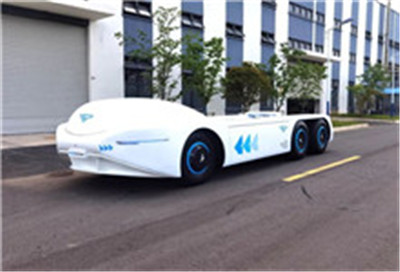last remote翻译 Last Remote
Remote work has become increasingly popular in recent years due to advancements in technology, global connectivity, and shifts in work culture. The ability to work remotely has allowed individuals greater flexibility, improved work-life balance, and the freedom to choose where they live. However, as more and more companies embrace remote work, questions arise about the future of traditional office spaces and the impact of this shift on employees and society.
One of the key benefits of remote work is the ability to work from anywhere. This allows individuals to live in areas with lower costs of living, avoid long commutes, and even travel while working. The last remote offers the opportunity to experience new cultures and environments firsthand, providing a sense of adventure and personal growth.

However, remote work is not without its challenges. One common issue is the potential for feelings of isolation and disconnect from colleagues. While technologies like video conferencing and instant messaging help bridge the gap, they cannot fully replace face-to-face interactions. Without physical proximity, team bonding and collaboration may suffer, leading to a decrease in innovation and creativity.
Another challenge of remote work is the blurring of boundaries between work and personal life. Without a physical office to leave at the end of the day, it can be difficult for individuals to establish a clear separation between work and leisure time. This can lead to longer work hours, decreased productivity, and higher levels of stress.

Furthermore, the absence of a traditional office setting raises questions about the future of interpersonal relationships in the workplace. Casual interactions, such as watercooler conversations and office events, contribute to a sense of belonging and team cohesion. In a remote work environment, fostering these relationships requires extra effort and intentional communication.
Despite these challenges, remote work offers significant advantages, particularly for individuals with caregiving responsibilities or physical limitations. The flexibility to create a personalized work environment that accommodates individual needs can enhance job satisfaction and overall well-being. In addition, the reduced need for physical office spaces can lead to cost savings for companies and a smaller carbon footprint.
However, it is important to note that remote work is not suitable for everyone. Some individuals thrive in a structured office environment, benefiting from the presence of colleagues and the routine of a traditional workday. For others, the lack of social interaction and potential for distractions at home may hinder productivity and job satisfaction.

The rise of remote work has also prompted discussions around the future of cities and urban development. As more people embrace the last remote lifestyle, the demand for traditional office spaces and city center locations may decrease. This shift could lead to a redistribution of population and resources, with implications for housing, transportation, and infrastructure planning.
In conclusion, the last remote trend has revolutionized the way we work and live. While it offers numerous benefits, such as increased flexibility and the opportunity for personal growth, it also presents challenges related to social connection, work-life balance, and the future of traditional office spaces. As remote work continues to shape our society, it is important to find ways to maximize its advantages while mitigating its limitations.






